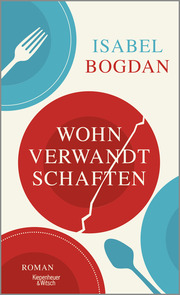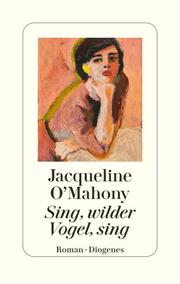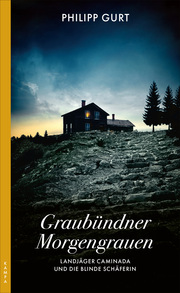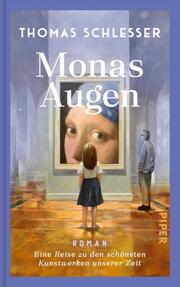Beschreibung
Several poetic and prose compositions in early Italian literature contain references to the bubonic plague and other illnesses that were used in the language both literally and metaphorically. The first detailed description of a plague epidemic, however, was written by Giovanni Boccaccio in the introduction to The Decameron. It is a precise and dramatic view of the physical, social, and medical conditions of Florence during the epidemic of 1348. The Theme of the Plague in Italian Letters follows the subsequent developments, both in poetic and prose works, until the time of the plague of Milan of 1630. With the report of Giuseppe Ripamonti and other writers, the plague became not only a medical issue but also a topic involving the laws of the time as they appear in the trials of the presumed untori (spreaders of the disease). A combination of faith, fear, and superstition led the legal officials and the populace to imagine that the plague was a divine punishment and was deliberately spread by individuals of criminal nature. Arrests and trials involving interrogations and the use of merciless physical tortures (a legitimate procedure in Europe at that time) brought about a formidable reaction led by early humanitarians, such as Cesare Beccaria and Pietro Verri, who determined the eventual changes in the laws and legal procedures. The Plague of Milan of 1630 by Giuseppe Ripamonti, the treatise by L. A. Muratori Del Governo della Peste, 1720, and several interventions contributed to a series of radical changes that appeared in the works of Alessandro Manzoni, such as The Betrothed and The History of the Pillar of Infamy that are discussed in part or in full in this study.
Autorenportrait
Vincenzo Traversa, a United States citizen, was born and educated in Italy. He has taught Italian language and literature at UCLA, Stanford University, and the University of Kansas. He holds a doctorate in English language and literature from the University of Naples and a Ph.D. in Romance languages and literatures from UCLA. He is Professor Emeritus of Italian and Humanities at California State University, East Bay, where he served as chairman of the Department of Foreign Languages and Literatures for thirteen years. His works include Parola e Pensiero; Idioma in Prospettiva; Frequency Dictionary of Italian Words (coauthor); Racconti di Alberto Moravia; Luigi Capuana: Critic and Novelist; The Laude in the Middle Ages (Peter Lang, 1994); Giovanni Boccaccio, Theseid of the Nuptials of Emilia (Teseida delle nozze di Emilia) (Peter Lang, 2002); Three Italian Epistolary Novels: Foscolo, De Meis, PioveneTranslations, Introductions, and Backgrounds (Peter Lang, 2005); and the complete translation into English of Natalino Sapegnos Storia Letteraria del Trecento (A Literary History of the Fourteenth Century) (Peter Lang, 2016). The Italian government awarded him the Cross of Knight in the Order of Merit, and he was honored in the 2000 edition of Whos Who Among Americas Teachers.














